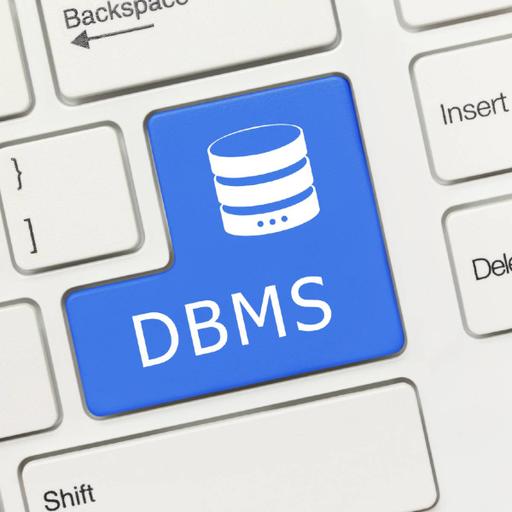Functions of an Efficient DBMS
Presentations | English
Though DBMS functions vary greatly, general-purpose DBMS features and capabilities should include: a user-accessible catalogue describing metadata, a DBMS library management system, data abstraction and independence, data security, logging and auditing of activity, support for concurrency and transactions, support for authorization of access, access support from remote locations, DBMS data recovery support in the event of damage, and enforcement of constraints to ensure the data follows certain rules.Normalization is a database schema design method that serves to promote clarity in data organisation. In DBMS, normalisation adjusts an existing schema to reduce data redundancy and dependence by dividing a large database into smaller tables and specifying the link between them. DBMS Output is a built-in SQL package in DBMS that allows users to show debugging information and output as well as transmit messages from subprograms, packages, PL/SQL blocks, and triggers. Oracle created the DBMS File Transfer package, which includes methods for copying a binary file within a database and transferring a binary file across databases.

3.50
Lumens
PPTX (14 Slides)
Functions of an Efficient DBMS
Presentations | English
